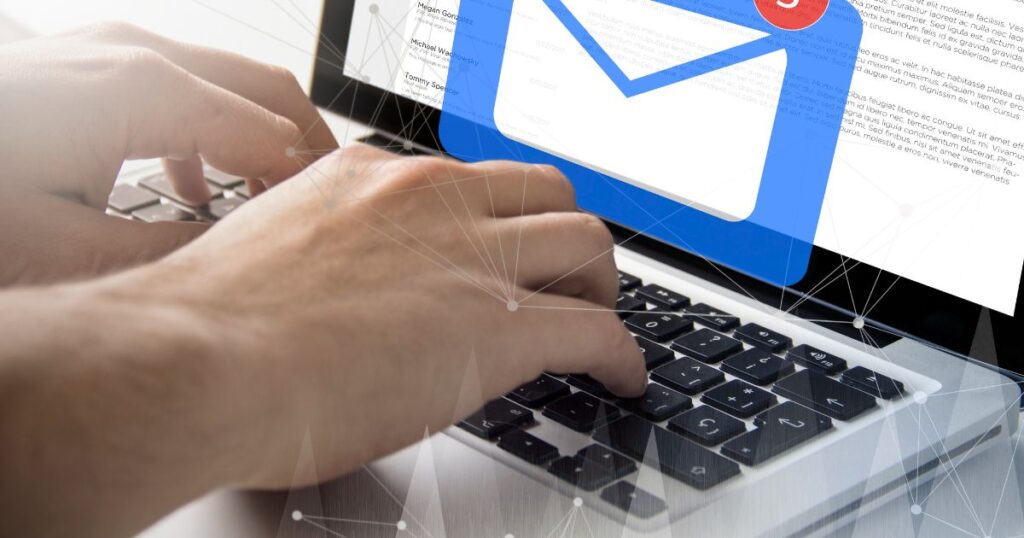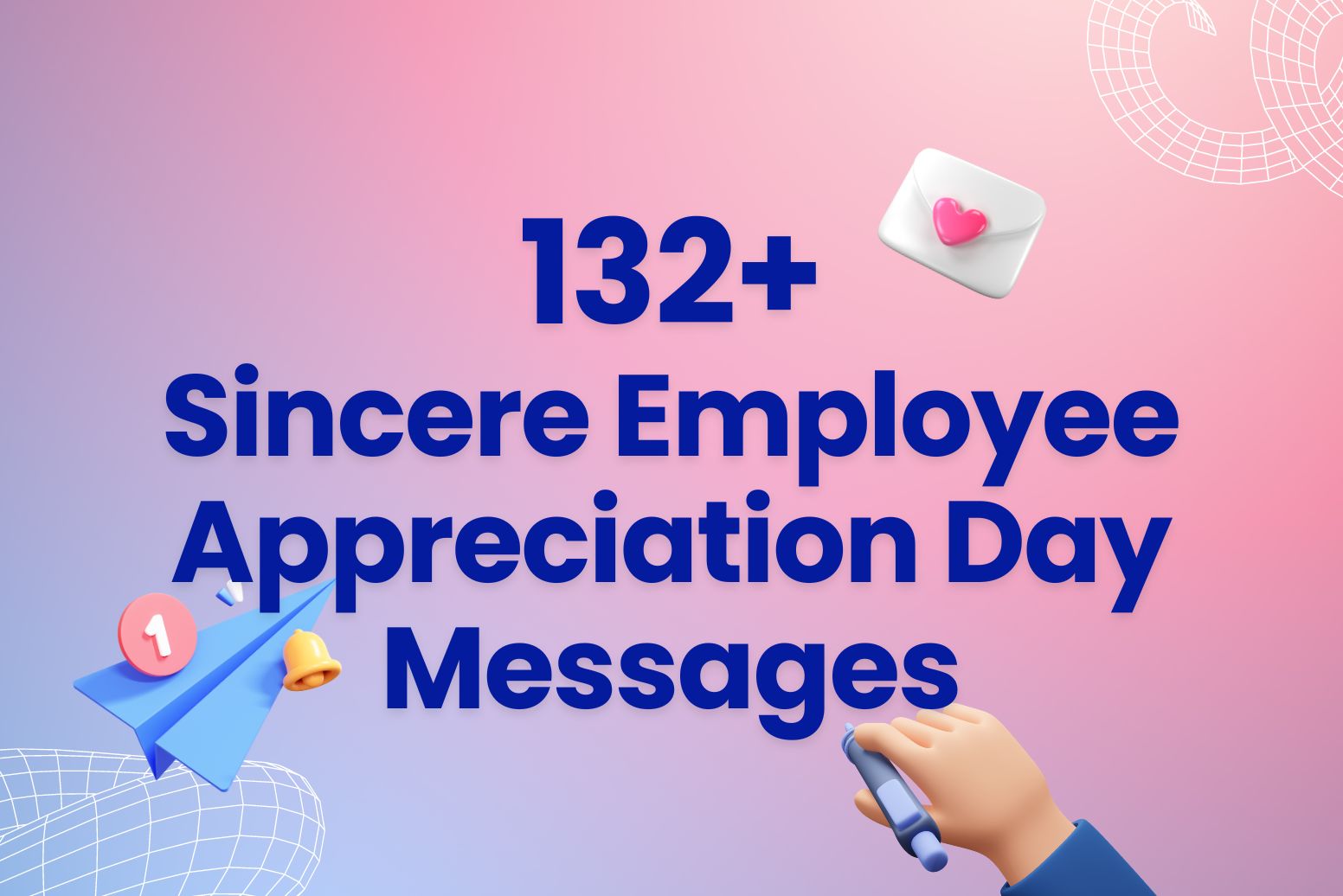Having examples of “sorry for the inconvenience” emails ready is key for swiftly addressing any errors or issues that come up in online communications.
Apology emails offer a prompt and efficient means of engaging with customers when unexpected conflicts occur. Skillfully managing the timing, content, and tone of these emails is vital for connecting with consumers and resolving issues effectively.
Furthermore, given their role in preserving a company’s reputation, having pre-prepared examples of “sorry for the inconvenience” emails, is highly beneficial. In that sense, this preparation saves valuable time when it comes to responding to customers, ensuring a quick and appropriate resolution. Here is how they work and why they will help your communication so much.

What are “sorry for the inconvenience” emails?
‘Sorry for the inconvenience’ emails are messages that companies send out when things don’t go you thought they would.
And trust us, there are plenty of reasons why that could happen:
- You’ve made a mistake
- Missed something
- Sent the wrong thing
- Or there are errors with payments
Specifically for online professionals, there may be many reasons why you might need to apologize to your customers, such as:
- Missing deliveries.
- A client’s website is down.
- Email server issues.
- Errors on the website.
- Expired offers.
- Incorrect information provided through corporate channels.
- Out-of-stock items.
- Service suspension for maintenance.
- Technical glitches impacting user experience and more!
It’s important to keep in mind that while some errors might be forgivable if unintentional, others can significantly inconvenience users and warrant special attention. No worries, as this tips will help you get an amazing email to your client!
How to write “sorry for the inconvenience” emails?
When you’re saying sorry, always keep it simple and deal with the issue directly. Don’t beat around the bush and address what has happened.
Here’s how to do so effectively:
- Show empathy: Start with a friendly vibe. Beginning with a sincere ‘sorry’ will really help in keeping your customer’s trust intact.
- Admit fault: It’s crucial to own up to the mistake. We all value honesty, so acknowledging the error demonstrates integrity and shows that the company prioritizes client’s satisfaction.
- Explain the situation: Providing a clear explanation of what went wrong builds trust and understanding. This transparency enhances the brand’s credibility and fosters empathy from the customer.
- Offer a solution: Sometimes, a thorough explanation suffices, but other times, additional actions are necessary. Consider offering discounts or incentives to rectify the error. Not every mishap requires a response, so evaluate each situation to determine the appropriate remedy.
- Utilize key personnel: While all apologies carry weight, those coming from high-ranking individuals within the company hold particular significance. Knowing when to involve key figures demonstrates the seriousness with which your company views the situation.
- Swift response: When it comes to saying sorry via email, speed matters. Sending your apology ASAP shows you’re taking the problem seriously and tackling it head-on. Try to hit send without delay, making sure your apology fits the situation just right.

Key elements that every “sorry for the inconvenience” email should have
When you’re typing up an apology email, remember a couple of important things.
Let’s check them out in order of relevance:
1. Maintain professionalism
It’s crucial to keep a professional tone while expressing genuine regret in your apology. Steer clear of excuses or pointing fingers and take full responsibility for the error.
2. Explain things (very) clearly
Offer a concise explanation of what went wrong and why it happened, demonstrating your understanding of the gravity of the situation. This ensures the recipient feels heard and understood, rather than dismissed.
3. Polish your writing and grammar
Before sending an apology email, give it a good once-over for any grammar or spelling errors. This shows that you’re on top of things and truly helps you come across as sharp and professional. You might find AI tools like Grammarly, ChatGPT or Arvin handy for this job!
4. Keep it brief
Make sure your apology is straight to the point yet sincere. Going on and on with apologies might push the person away and make them doubt your sincerity.
5. Propose a solution
Outline a concrete plan of action to prevent a recurrence of the mistake. This demonstrates your commitment to making amends and your proactive approach to avoiding future issues.

6 steps to follow when writing your “sorry for the inconvenience” email
Now that we know what makes an apology email work and when to send it, let’s take a look into how to actually write one!
1. Acknowledge your mistake
In an apology email, honesty is key.
Start by acknowledging the mistake, like, ‘We goofed up in our recent message.’ Then, explain what happened in simple terms, avoiding jargon that might confuse them. And skip the blame game—just own up to it.
Being straightforward is vital. You might say, ‘We messed up, and we’re sorry.’ This shows maturity and professionalism, smoothing things over and restoring trust.
2. Explain your error
Break things down and get straight to the point: “I need to explain what happened. Unfortunately, the info we gave you in our last message wasn’t right. That wasn’t our intention at all and we are very sorry.”
So, what went wrong? “Well, it was a simple mistake, like a typo or a glitch in our system. Nothing too complicated, just a slip-up.”
“We’re not here to pass the blame. It’s on us to check everything properly before hitting send, and this time we dropped the ball. We’re really sorry about that.”
3. Adjust your tone
How do you apologize politely for an error?
The trick is to express your remorse and commitment to fixing things without deflecting blame.
Avoid using formal or aloof language; it might create distance. Instead, opt for words that acknowledge your mistake and empathize with the other person’s feelings.
Politeness and empathy are your go-to resource. You could just say, “I’m really sorry” or “I apologize sincerely.” Make sure to show you get how your goof-up might’ve made them feel by adding, “I get how this awful this might feel.”
Maintain a serious tone to show your determination to make amends. Provide concrete solutions to demonstrate your dedication to resolving the issue, such as, “I’ll ensure this doesn’t happen again.”
4. Reassure the recipient
When you make a mistake and need to rebuild trust, sending an apology email is a need.
You can begin by reassuring them, “This slip-up was an exception and doesn’t reflect our usual standards.” This alone clarifies the situation and demonstrates your awareness of its severity.
It’s important to reaffirm your dedication to their satisfaction, such as by stating, “We’re fully committed to providing excellent service and will strive to regain your confidence.”
Conclude positively with a message like, “Thank you for your patience and support. We’re eager to continue our positive relationship.”
5. Give information about the corrective actions
Again, it’s crucial to be straightforward. Try something like this: ‘We’re really sorry for the mess-up, and we’re already working to fix it.”
Now, briefly explain the specific steps you’ve already implemented or plan to implement. For instance, “We’ve fixed the communication error and are now implementing additional checks.”
You may also mention any training or support you’re providing your team to prevent future mishaps. This shows proactive steps to avoid similar incidents.
Lastly, reassure the recipient of your dedication to delivering exceptional service.
6. Offer compensation
Adding compensation to your apology email is very helpful. It shows you’re serious about fixing the mistake and keeping the client’s trust intact.
Start by saying sorry for the trouble and thanking them for sticking with you. Then, offer something to make up for it, like a discount on their next buy or a little gift. Make sure to explain how they can use it, like giving them a promo code.
Finally, wrap it up by saying sorry again and emphasizing how much you value their relationship: “We’re really sorry for the hassle and hope this helps. Thanks for understanding.”

3 best templates of “Sorry for the inconvenience” emails
Here are three examples/templates of quality apology emails that you may use.
1. Mistake in communication
Subject: Apology for Error in Recent Communication
Dear (Recipient Name),
I hope this message finds you well! We wanted to drop you a quick note to say sorry if our recent message caused any confusion or hassle.
We’ve found out there was some wrong information in what we sent you.
We’re really sorry if that caused any trouble for you.
No need to stress though, we’re already on top of it. Your trust is everything, and we’re committed to getting things spot-on moving forward. For now, we’ll address the issue and get back to you with a special discount for our next transaction right after that.
Do you have any questions? Contact us anytime.
Your feedback is like gold to us since it helps us improve and prevent these issues down the road. Thanks a lot for bearing with us while we solve things out.
We appreciate you sticking with us.
Best regards,
(Your Name)
(Your Position/Title)
2. Service interruption
Subject: Apologies for service interruption
Dear (Customer Name),
We’re truly sorry about the recent issue with our product or service. We understand it must have been frustrating and inconvenient for you.
Our team is currently on it, trying to figure out what went wrong. We’re determined to fix things so they don’t go haywire like this again. Your input is super important to us. We’re all ears, so we can do better.
Thanks a ton for bearing with us and understanding!
Your support keeps us going. If you need anything else or have more thoughts to share, just give us a shout anytime.
Best regards,
(Your name)
(Your position/title)
3. Big inconvenience
Subject: Apologies for your latest inconvenience
Hello (Client’s name),
I’m writing to say sorry for the mistake we made about (detail error here). We know this must have caused you some trouble.
It happened because (brief, honest description of what went wrong). We messed up, and we’ll make sure we learn from it.
Though we can’t take back the inconvenience, we’d like to offer (an offer) to make it right.
If you have any questions or suggestions for us, please reach out at (a contact number is better here, for a personal touch).
Best regards,
(Personal signature, preferably, CEO or someone senior in the organization).

Final thoughts on “sorry for the inconvenience” emails:
Nobody’s perfect, and unfortunately, slip-ups are bound to happen in every business. But how you handle them will impact your reputation.
It’s time to get ready for those moments and become a pro at writing genuine apology emails. And don’t forget, there’s a bright side to every situation, even the really challenging ones.
In these cases, why don’t give it a try to Arvin, the AI Chrome extension? It’s a handy tool for writing those “Sorry for the inconvenience” emails, too! With Arvin, you can generate text, translate on the fly, create images, and get amazing emails your client’s way.
FAQ:
How do apology emails affect customer retention?
If you send sincere apology emails, you can prevent customers from leaving. When people believe a company truly cares about their satisfaction, they’re much more likely to stay around.
Can apology emails prevent damage to a company’s reputation?
Sure thing! Sending apology emails is super important for a company’s image. When things go wrong, shooting out a quick and sincere apology email can stop unhappy customers from spreading bad vibes, which helps keep the company’s rep intact.
Should an apology email offer compensation?
Going the extra mile can sometimes help improve a situation, but what truly counts is offering a sincere apology.
Keep in mind that customers value a company that takes responsibility for its errors and demonstrates a commitment to rectifying them more than they prioritize receiving compensation.






